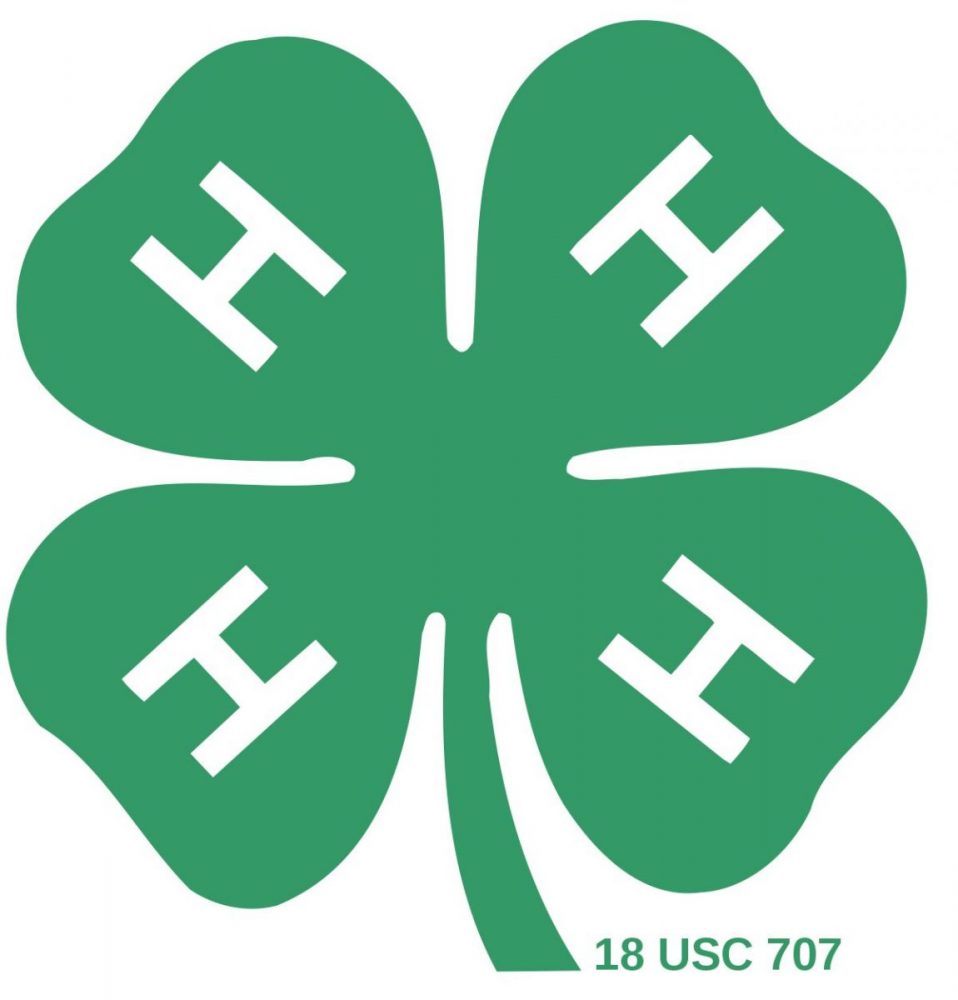Texas 4-H is like a club for kids and teens ages 5-18, and it’s BIG! It’s the largest youth development program in Texas with more than 550,000 youth each year. No matter where you live or what you like to do, Texas 4-H has something that lets you be a better you! You may think 4-H is only for your friends with animals, but it’s so much more! You can do activities like shooting sports, food science, healthy living, robotics, fashion, and photography.
Look for 4-H clubs at your school, an after-school program, a community center, or even on base or through the reserves for military families. Texas 4-H is part of Texas A&M AgriLife Extension Service and the Texas A&M System. Founded in 1908, 4-H is the largest youth development program in Texas, reaching more than 550,000 youth each year. In 4-H, the activities are organized by topics and called ‘projects.’ All 4-H members must be enrolled in at least one project. When you choose a project, you will learn everything there is to know about that topic. You will participate in various hands-on activities, learn new skills, do community service, or even make speeches about your project.
How to choose your 4-H project:
Select a project you like. Select a project that can be completed. Consider the money and time it will take.
Can parents/guardians help? Consider the space and equipment that you have at home. A 4-H project should be fun, serve a purpose, and be worth the effort.
Select only the number of projects you can complete. Contact your local county club to see which projects are offered where you live. Youth can join for $30 or less!
Texas 4-H is for kids of almost any age – grades K-2 can be in Clover Kids if offered in your area. From 3rd-12th grades(8 years old before September 1st), you can be in 4-H. We need adult volunteers to mentor 4-H youth, lead local clubs, and run events. No experience necessary – we’ll train you!
4-H has a rich history in Texas. Since 1908, youth have been gaining valuable life-skills through hands-on activities taught and supported by caring adult volunteers and Extension Agents.
The 4-H Story: A History of 4-H Club Work, by Franklin M. Reck and 4-H: An American Idea, 1900-1980, by Thomas Wessel and Marilyn Wessel document the origin of the 4-H Youth Development Program throughout the United States. In summary, the rapid changes taking place in rural America at the turn of the century led educators to seek ways to link learning to the needs of rural families. Youth were leaving farms to seek jobs in towns and cities. Adult farmers were reluctant to try new techniques of crop production. Agricultural leaders began seeking ways to teach agricultural producers improved methods of crop production. The first county Extension agent in Texas was appointed in 1906, 8 years before the organization of Texas A&M AgriLife Extension Service. Two years later, T.M. (Tom) Marks, county agricultural agent, organized the first boys’ “corn club” in Jack County. Marks found that he was more successful teaching new production technology to the youth than to the adults. Within a matter of years, “pig clubs,” “beef calf clubs” (Coleman County, 1910) and girls’ “tomato clubs” (Milam County, 1912) were also initiated. The stage was set for the rapid expansion of educational programs directed to rural youth. Within a span of 91 years, 4-H enrollment in Texas has grown from the original 25 corn club members in Jack County in 1908 to more than one million youth in 2000!
The Texas 4-H Museum is located in Jacksboro (Jack County), the birthplace of 4-H in Texas. For more information on this or any other agricultural topic please contact the Hopkins County Extension Office at 903-885-3443 or email me at [email protected].






